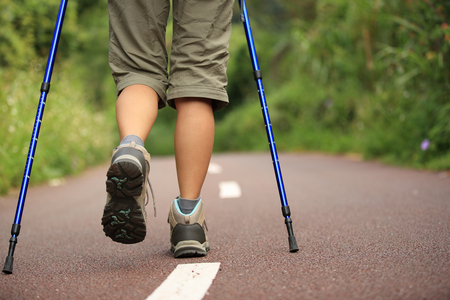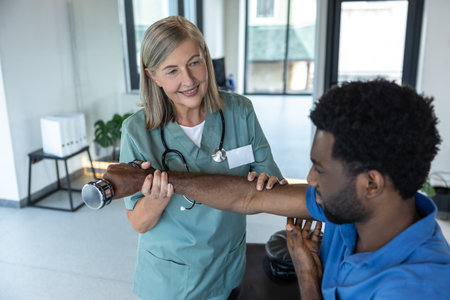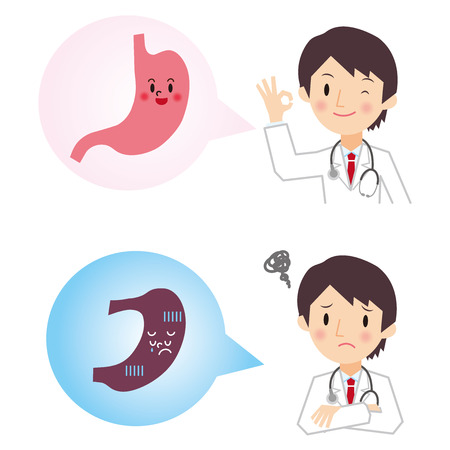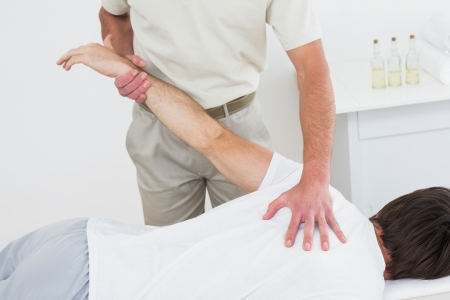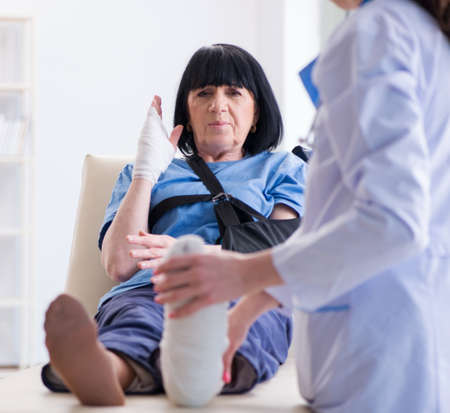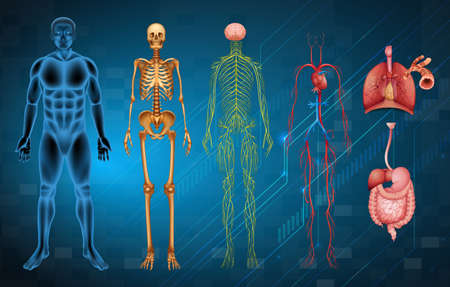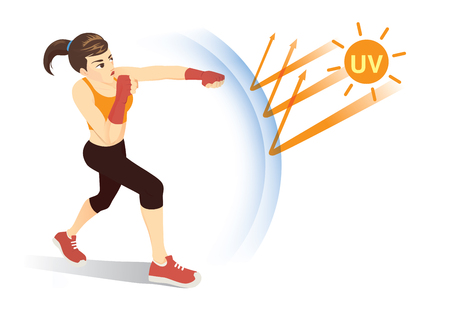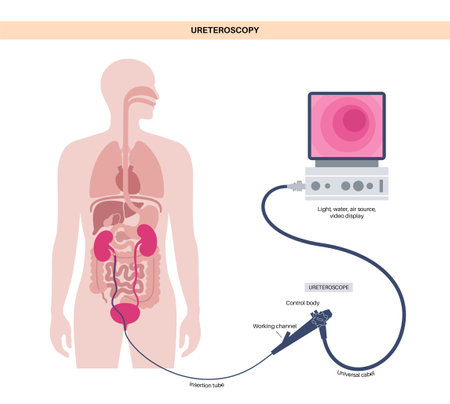Exploring Home-Based Rehabilitation Options after Joint Replacement: A UK Perspective
Introduction to Home-Based Rehabilitation after Joint ReplacementJoint replacement surgeries, such as hip and knee replacements, have become increasingly common across the UK, particularly as our population ages and expectations for mobility and quality of life continue to rise. According to NHS statistics, tens of thousands of these procedures are performed annually, providing significant relief from…
